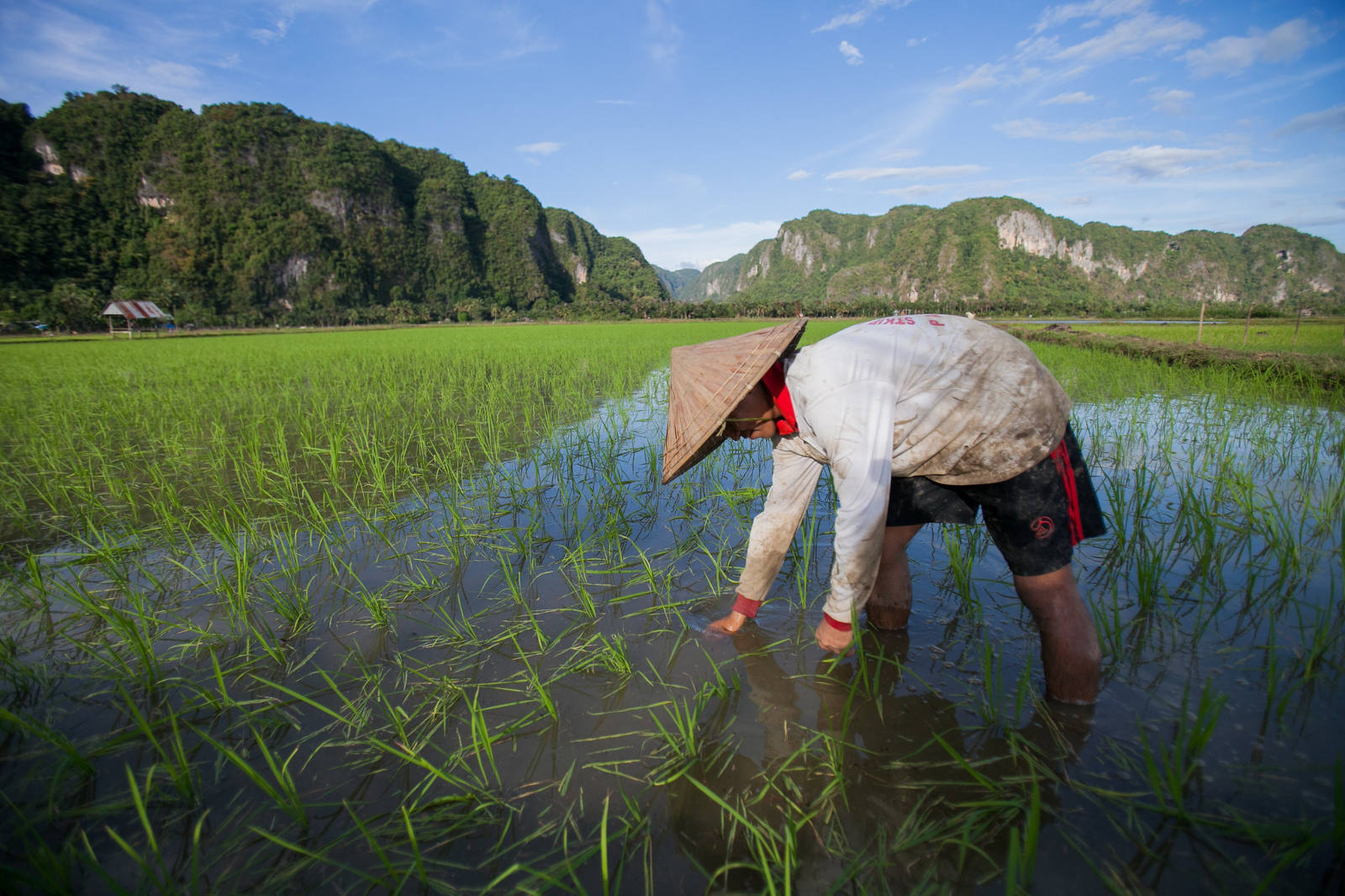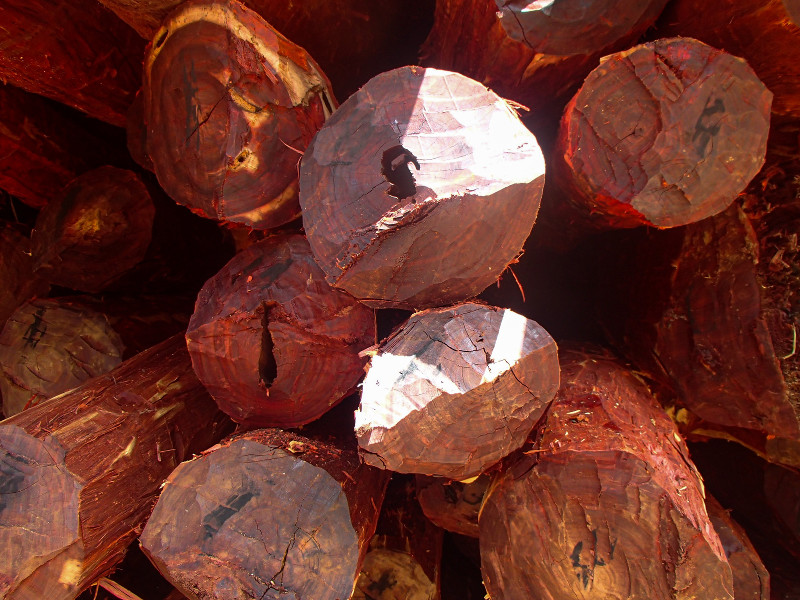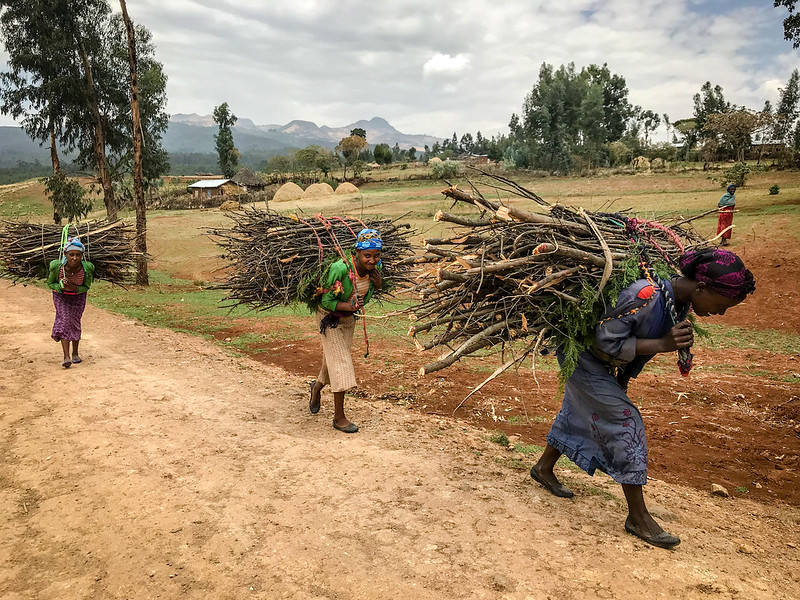Agroecology, as a holistic approach to sustainable food systems, is gaining momentum globally as a key approach to addressing current challenges in agricultural and food production. In sub-Saharan Africa, despite numerous efforts to address declining soil productivity, water scarcity, and increasing pest pressure through agroecological soil, water, and integrated pest management (IPM) practices, the adoption of such practices remains low. As part of the CGIAR Agroecology Initiative, we conducted a collaborative rapid innovation assessment of existing soil, water, and pest management practices in two Agroecological Living Landscapes (ALLs) in Makueni and Kiambu counties, Kenya. The assessment also included an evaluation of the performance of these practices and identified farmer preferences. Using a multi-stage approach, we applied stratified random sampling to identify 80 farmers for farm assessments and in-depth interviews. A total of 31 practices were identified, of which 26 were further evaluated. The evaluation revealed a heterogeneous set of socio-economic and biophysical contextual factors influencing practice performance. Respondents identified 19 strengths, and 13 challenges associated with the practices, highlighting opportunities for innovation to improve or adapt performance. Farmers also expressed preferences for future adoption of 31 practices, 77% of which were listed in one of the three focus areas, namely soil management, water management, or IPM. The other 33% were associated with multiple functions and were listed under two or three of the focus areas. The results of the collaborative assessment informed a broader co-design cycle that included participatory prioritization and selection of innovative practices, experimental design, and monitoring protocols. This collaborative and systematic approach was taken because innovative practices often fail to be adopted due to a lack of co-design and inclusion of local perspectives in innovation design, and a disconnect between science and practice. Our study highlights the importance of integrating stakeholder input and transdisciplinary technical expertise in the co-design and implementation of agroecological innovations. It also emphasizes the importance of using a structured methodology to understand farmers’ options, context, and preferences while co-designing locally relevant agroecological practices, which promotes holistic and inclusive adoption, successful implementation and long-term sustainability of agroecological practices.
DOI:
https://doi.org/10.3389/fsufs.2024.1456620
Altmetric score:
Dimensions Citation Count:

Publication year
2024
Authors
Kuria, A.W.; Bolo, P.; Adoyo, B.; Korir, H.; Sakha, M.; Gumo, P.; Mbelwa, M.; Orero, L.; Ntinyari, W.; Syano, N.; Kagai, E.; Fuchs, L.E.
Language
English
Keywords
agroecology, food systems, soil management, water management, farmers, participation
Geographic
Kenya























